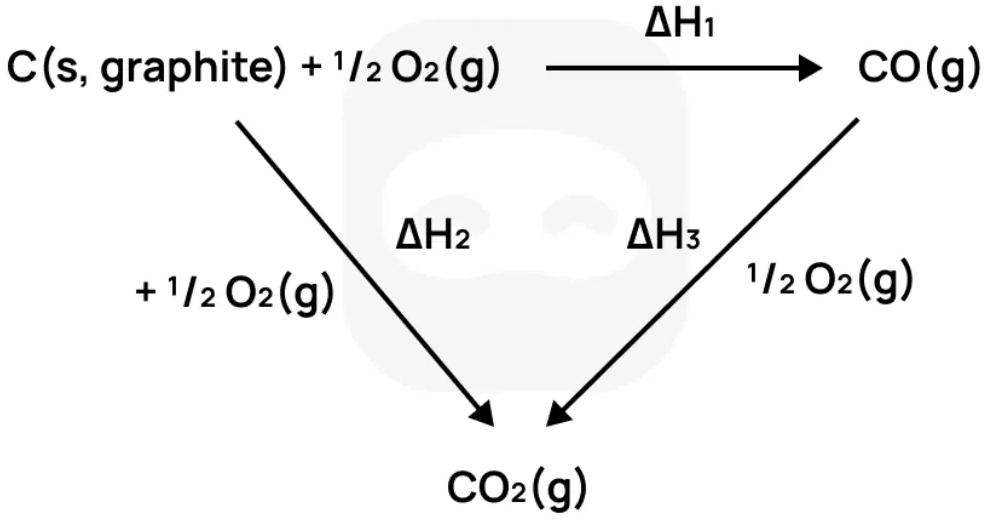

Practice R1.2 Energy cycles in reactions with authentic IB Chemistry exam questions for both SL and HL students. This question bank mirrors Paper 1A, 1B, 2 structure, covering key topics like atomic structure, chemical reactions, and organic chemistry. Get instant solutions, detailed explanations, and build exam confidence with questions in the style of IB examiners.
When ethane () reacts with chlorine gas under UV light, a substitution reaction occurs. This involves breaking the bond to form free radicals before new bonds are made.
Identify the bond being broken in chlorine gas.
State whether breaking this bond is endothermic or exothermic and justify your answer.
Define the term bond enthalpy.
Suggest why ultraviolet light is needed to start this reaction.
State the bond formed between the carbon atom and the incoming chlorine atom during the substitution.
Methane () is a common fuel used in domestic gas stoves. Combustion involves the breaking and forming of covalent bonds.
State what is meant by the term average bond enthalpy.
Identify one reason why average bond enthalpy values differ from experimentally determined values.
State whether bond breaking is endothermic or exothermic and justify your answer.
Methane has four bonds. Estimate the total energy required to break all bonds in one mole of methane using the average bond enthalpy for = .
Explain why combustion of methane is an exothermic process, using bond enthalpy ideas.
Hydrogen is sometimes used as a clean fuel. The energy change during its combustion can be estimated using bond enthalpy values.
Write the balanced chemical equation for the complete combustion of hydrogen gas.
State the type of bond broken in a hydrogen molecule.
Identify the type of bond formed in water during the combustion of hydrogen.
Describe the energy change that occurs during the formation of O–H bonds in water.
Suggest one reason why bond enthalpy calculations for combustion are only approximate.
The diagram shows an energy cycle involving the formation of carbon monoxide and carbon dioxide:

State Hess's Law.
Write an equation that relates , , and based on the energy cycle.
Given that:
(formation of )
(combustion of )
Calculate the value of .
Explain why Hess's Law is useful in determining enthalpy changes that are difficult to measure directly.
State the physical states of the substances involved and explain why it is important to include them when quoting enthalpy values.
The lattice enthalpy of can be calculated using a Born–Haber cycle. Given:
List the steps required to form from its elements.
Apply Hess’s law to write an expression for lattice enthalpy.
Calculate the lattice enthalpy of .
Hydrogen gas reacts with chlorine gas in a highly exothermic reaction that produces hydrogen chloride. Bond enthalpies (in ):
= 436
= 243
= 431
Write a balanced equation for the reaction between hydrogen and chlorine.
Calculate the total energy required to break the bonds in the reactants and released when the products form.
Determine the enthalpy change () for the reaction.
Suggest why bond enthalpy calculations are only approximate for determining reaction enthalpy changes.
Ethene is hydrogenated in industry to produce ethane, a more stable and saturated hydrocarbon:
Average bond enthalpies (in ):
: 614
: 348
: 412
: 436
List all the bonds broken and all the bonds formed during this reaction.
Calculate the total energy required to break the bonds in the reactants.
Calculate the total energy released when new bonds form in the products.
Determine the enthalpy change () for the reaction and state whether the reaction is exothermic or endothermic.
Suggest one reason why this reaction requires a catalyst in industry despite being exothermic.
During lightning storms, nitrogen and oxygen in the atmosphere react to form nitrogen monoxide:
Bond enthalpies (in ):
: 945
: 498
: 607
Calculate the total energy required to break the bonds in the reactants.
Calculate the total energy released in forming the products.
Determine the enthalpy change () for the reaction and state whether it is endothermic or exothermic.
Despite being endothermic, the formation of occurs naturally during lightning. Explain how this is possible.
Hess's law can be used to determine the enthalpy change of a reaction. Given:
State Hess’s law.
Calculate for the reaction .
Explain why Hess’s law is useful in enthalpy calculations.
Bond enthalpy values (in ):
: 412,
: 498,
(in ): 805,
: 463
The combustion of methane:
List all the bonds broken.
Calculate total energy required to break bonds.
List all the bonds formed.
Calculate energy released during bond formation.
Calculate for the reaction.